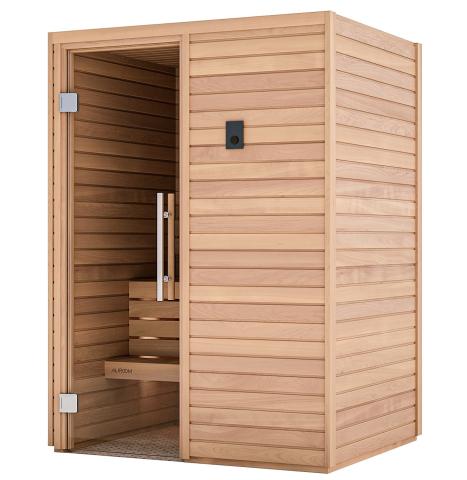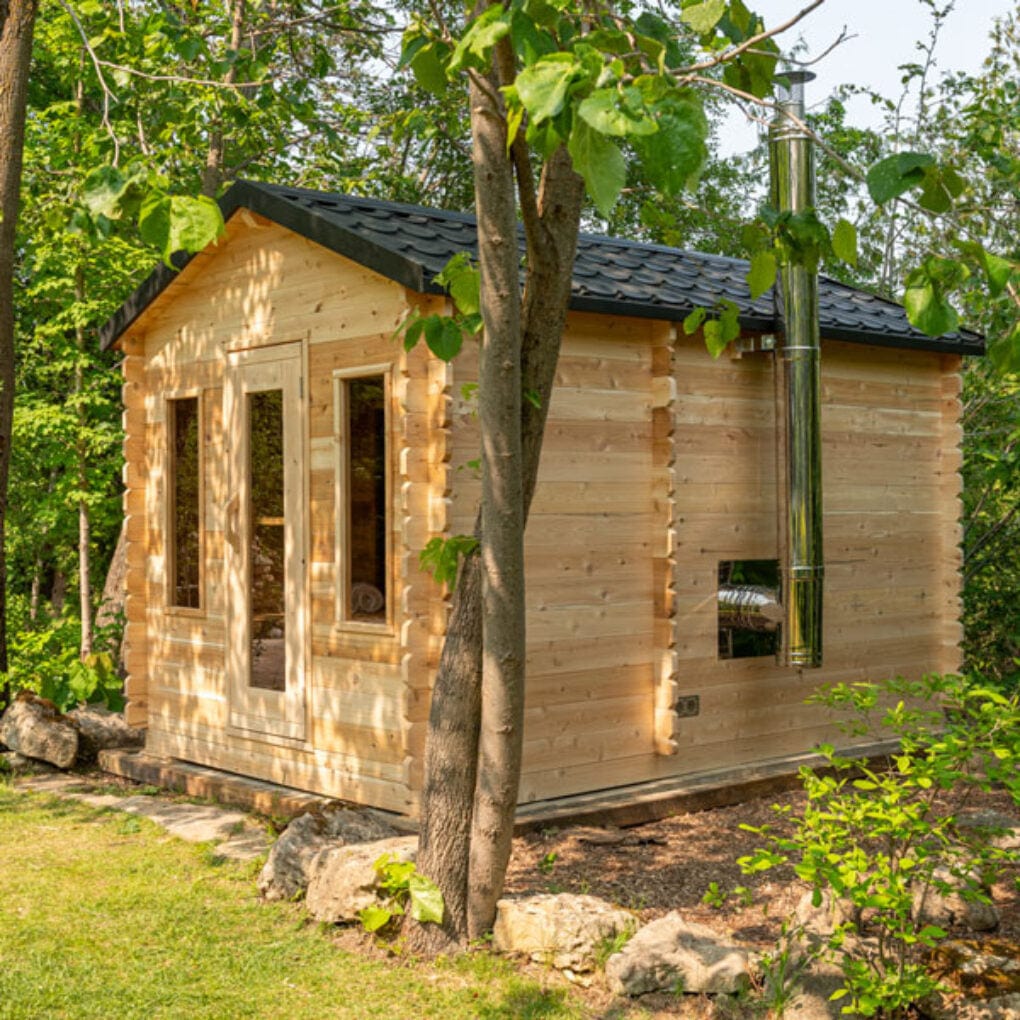Some Ideas on Traditional Sauna You Need To Know
Some Ideas on Traditional Sauna You Need To Know
Blog Article
Some Ideas on Traditional Sauna You Should Know
Table of ContentsFacts About Traditional Sauna RevealedTraditional Sauna for BeginnersRumored Buzz on Traditional SaunaAll About Traditional Sauna
The majority of the weight lost in a sauna is water loss and is re-gained upon rehydrating. Without a question sauna can be a vital part of a healthy and balanced weight loss program. To look at the differences between conventional and IR saunas, I will divide these right into proven, academic, and made distinctions.Therefore, the most popular factor in the saunawhich goes to the ceiling directly above the sauna heateris typically between 185 and 190 F. Traditional Sauna. Claims that a typical sauna exceeds 200 F is merely not true and not appropriate for electric saunas marketed in the US. The temperature for a far-infrared sauna is typically established between 120 and 140 F; nevertheless, unlike the conventional sauna, the objective in and IR space is not to achieve a high temperature
As a result of this, the temperature distinction is nearly pointless, considering that excessive sweating leads to both sauna types, but the method of heating the body is different. In an IR sauna the bather will certainly really feel hot and will sweat profusely, but at a lot reduced temperatures. Thus, if the goal is to spend longer amount of times in the sauna, the IR sauna is a good choice.

Traditional Sauna for Dummies
When the heat is attained, the elements cycle on and off to maintain the heat. Most standard sauna customers delight in putting water over the rocks to develop steam to increase sauna moisture degrees. The benefits of pouring water over the rocks include: making the area extra comfortable, dampening the nasal flows, and permitting the use of aromatherapy by blending essential oils with the water.
In a far-infrared sauna, the heat waves pass through the body to properly heat up the body and raise the body core temperature. To achieve this enhanced temperature, Far-infrared emitters create infrared power which is close to the very same wavelength as that which the body normally emitsoften referred to as the "Vital Range" of 7 to 14 microns), so the power is well obtained by the body.
When the power goes into the body, it causes the body temperature to increase and ultimately causes sweat. In an infrared sauna it is very important for the emitters/heaters to remain on practically continuously. Because there is no mass of rocks to preserve heat, the sauna will certainly cool down if the emitters shut down.
As pointed click for more out above, the sauna bather in an infrared room wishes to place himself before running emitters to obtain maximum gain from the heat. The heating time for the 2 spaces can be extremely different, relying on just how the areas are made use of. For a traditional sauna, a bather ought to enable 30-40 mins for the room to achieve a desired temperature and to properly pre-heat the rocks.
Not known Facts About Traditional Sauna
A well built sauna will commonly accomplish a temperature level of 150-160 website here F in about 30-40 mins. For hotter temperatures, the space might require to warmth for a longer period.
To some, 15 minutes was "lost" while the infrared power warmed the wood panels as opposed to heating up a body, while others discover a pre-heated area to be more comfortable and believe a raised starting temperature is needed to begin sweating. The size of suggested use for each and every room is roughly the exact same (10-15 minutes per session); nevertheless, due to the lower air temperatures and the ability to feel the effects of infrared heat quicker than a typical sauna, it is not unusual for an individual to spend an overall of 20-30 minutes in an infrared sauna.
Conventional saunas have a tendency to be larger (thus use more power) than infrared saunas, although traditional saunas are certainly available in one and 2 individual dimensions also. For a two-person conventional sauna, 5x6 or 5x7 size is Check Out Your URL most popular. The top bench can conveniently seat two or three individuals and is also enough time to relax during the sauna session.


The typical cost per kWH of electricity in the U.S. is roughly $0.11, so a 4.5 kW heater will cost roughly $.50 to run for one hour, if the heater runs continually for one hour. Usually a sauna heater will certainly compete 75% of the first hour and 50% of subsequent hours on because the aspects cycle once the set temperature level is achieved.
The Ultimate Guide To Traditional Sauna
A 2 individual far-infrared area is generally physically smaller than a typical sauna, frequently regarding 4' x 4' or smaller. The IR furnace is commonly 1.5-1.7 kW making use of a 120 volt 15 amp plug-in solution. Given that the room can be used sooner than a sauna room, we will presume the space is made use of for to of an hour consisting of warmth up time.
Ultimately, there is a hardly ever talked about distinction in the social experience between the 2 areas. While our culture has shed some of the social advantage of the standard sauna experience, it can be extremely socially satisfying. From household time in the sauna, to heart-felt conversations with loved ones, to sauna partiesthe traditional sauna experience can lead to intimate socializing.
Many greater end infrared areas consist of colored light therapy, sound systems and full-glass fronts.
Report this page